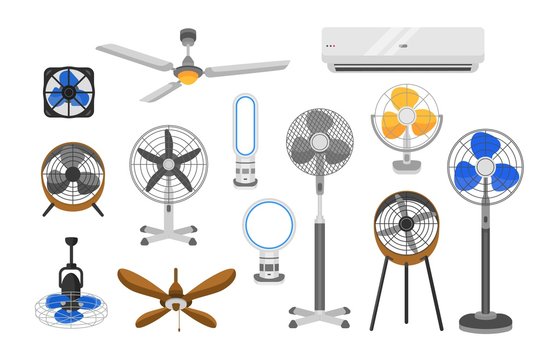Energy Efficiency and Environmental Impact of Fan Systems
Energy efficiency has become a paramount consideration in fan selection and operation, driven by both environmental concerns and rising energy costs. Modern fan systems can reduce energy consumption by up to 70% compared to older models through the implementation of brushless DC motors, optimized blade designs, and intelligent control systems. These improvements not only lower operational costs but also contribute significantly to reducing carbon footprints in both residential and commercial applications.
The environmental benefits extend beyond energy savings. Efficient fan systems reduce the load on HVAC systems, allowing for smaller, less energy-intensive cooling equipment. This cascading effect multiplies the environmental benefits throughout the entire building's climate control infrastructure. Furthermore, many modern fans incorporate recyclable materials and are designed for easy disassembly at end-of-life, supporting circular economy principles and reducing waste in landfills.



